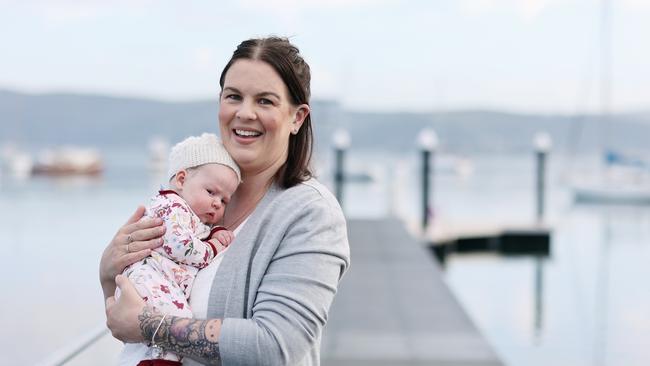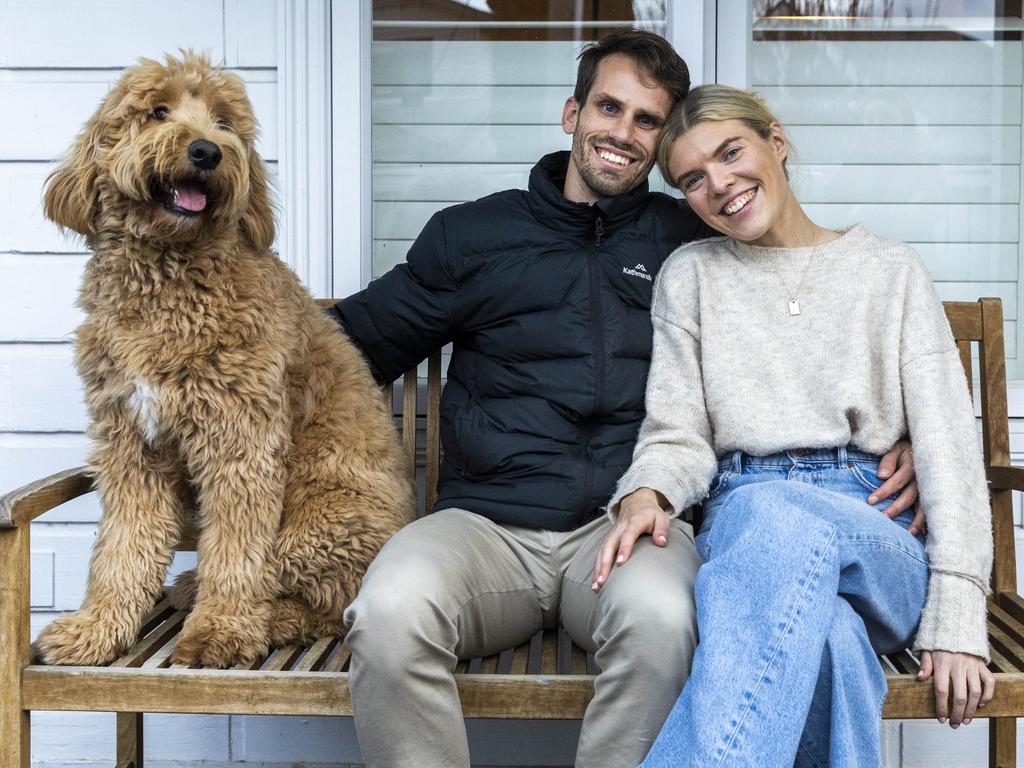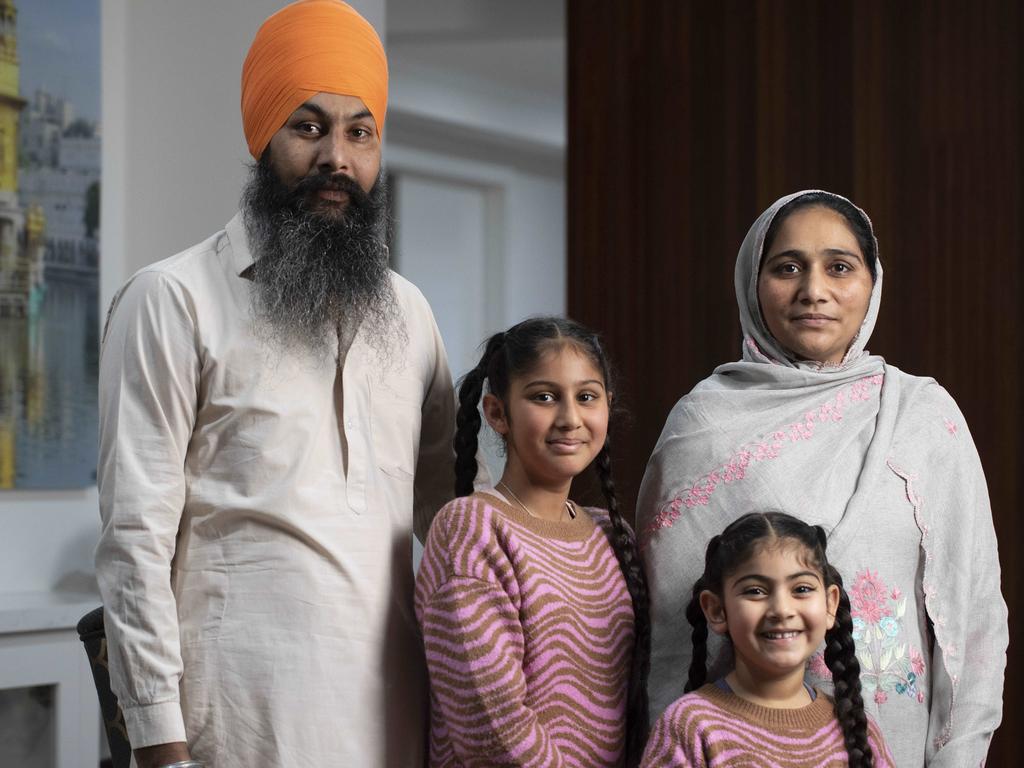Census 2021: Average Aussie: female, 30s, with kids, living on $3k a week
The ABS reveals what the ‘average Australian’ looks like, amid a rise in Millennials, decline of religion and doubling of household mortgages.

The “average Australian” is female aged 30 to 39 years living in a couple family with children in the greater capital city area with an average weekly family income of $3000 or more, according to the 2021 Census.
The Australian Bureau of Statistics revealed the face of Australia today, which includes a rising of Millennials, declining of religion and doubling of household mortgages.
Australia’s population has also risen to more than 25 million people, an increase of 8.6 per cent since 2016.
The greatest population rise was in the ACT, where the number of people living in the territory increased by a massive 14.4 per cent.
Victoria, Queensland and Tasmania all recorded a population rise of between 9 and 10 per cent, while NSW saw a jump of 7.9 per cent.
The Northern Territory experienced the smallest population growth of just 1.6 per cent.
All up, almost 80 per cent of all Australian residents live in th eastern states.
ABS statistician Dr David Gruen said the population had grown markedly despite the impacts of COVID-19.
“Despite the impacts of COVID-19 in slowing migration, the increase since 2016 is only slightly less than the 8.8 per cent increase seen in the five years to 2016,” he said.
Dr Gruen said the composition of the housing market had also shifted, with the share of homes which are owned with a mortgage, rather than outright, growing.
“Over the last 25 years the number of homes owned outright has increased by 10 per cent, while the number owned with a mortgage has doubled,” he said.
The census also explored the composition of households, with 25.5 per cent identified as “lone” households, 70.5 per cent identified as “family” households and 3.9 identified as “group” households.
Following the 2017 amendments to the Marriage Act enabling marriage equality, the census was also able to identify the number of same sex marriages, which came in at just under 24,000.
While the Census showed a 25 per cent rise in those identifying as First Nations, the ABS confirmed there was still an undercount in Indigenous populations.
Chair of the 2021 Census Statistical Independent Assurance Panel Professor Sandra Harding revealed an estimated 17 per cent net undercount, “despite increased efforts and investment by the ABS”.
But Dr Gruen said he was encouraged by the increase in First Nations people aged over 65.
“One of the things which is very encouraging is that the proportion of people who are over 65 who are Aboriginal and Torres Strait Islanders has gone up by roughly 50 per cent,” he said.
“There is a big increase in older people who are identifying as Aboriginal and Torres Strait Islanders and I think it will repay a lot of research to actually find out why it is that more people are feeling comfortable about identifying as Aboriginal and Torres Strait.”








To join the conversation, please log in. Don't have an account? Register
Join the conversation, you are commenting as Logout